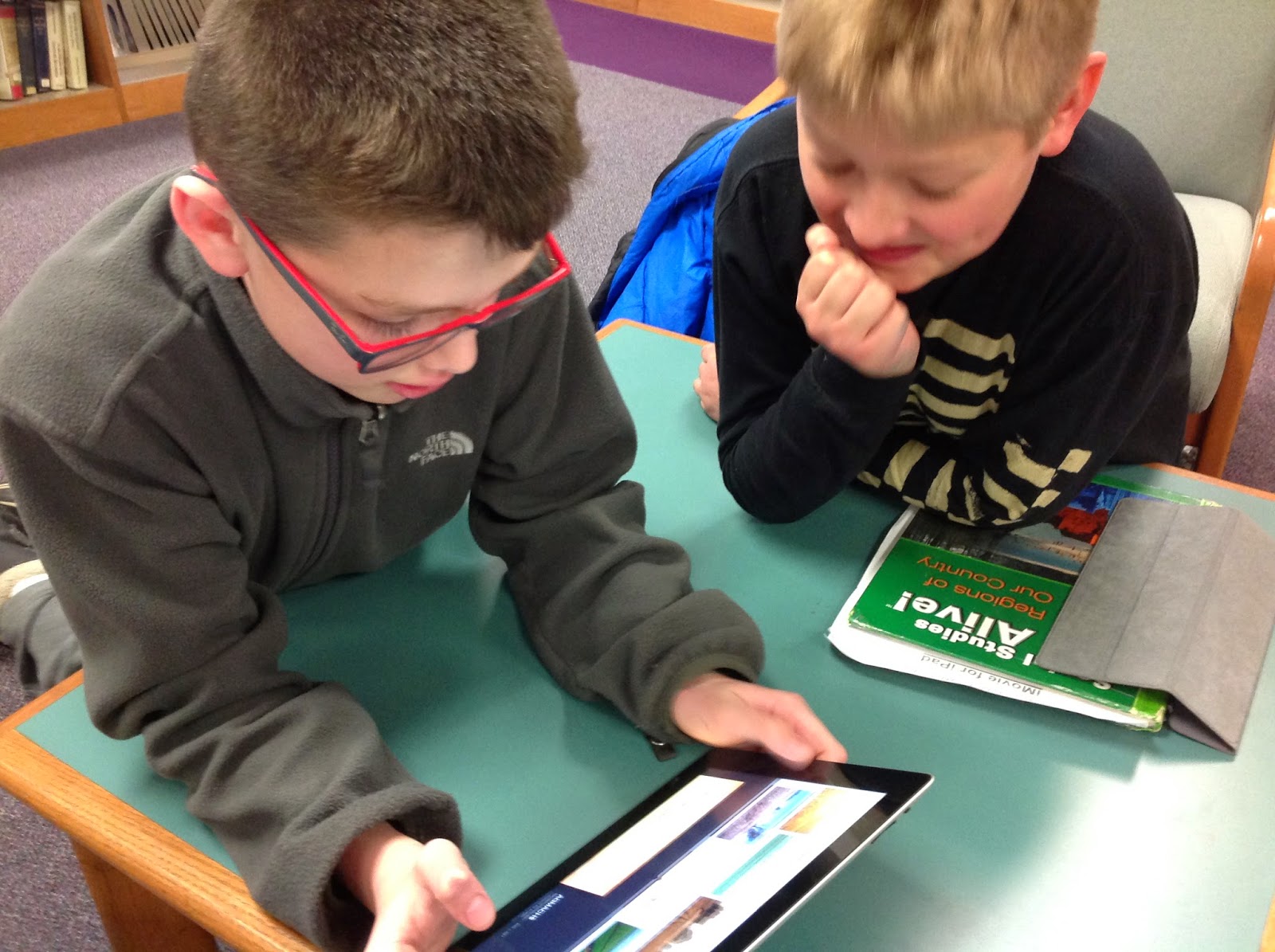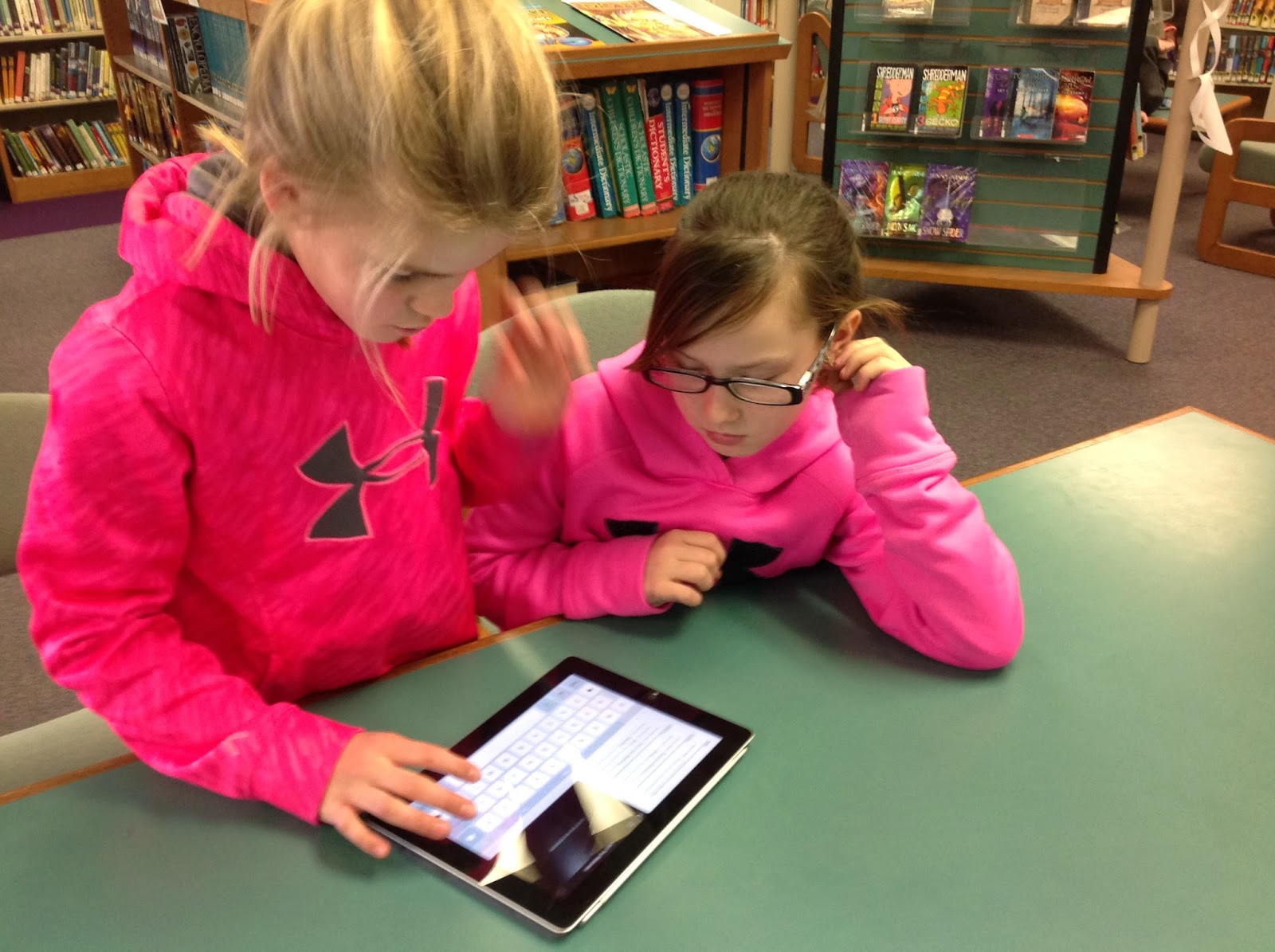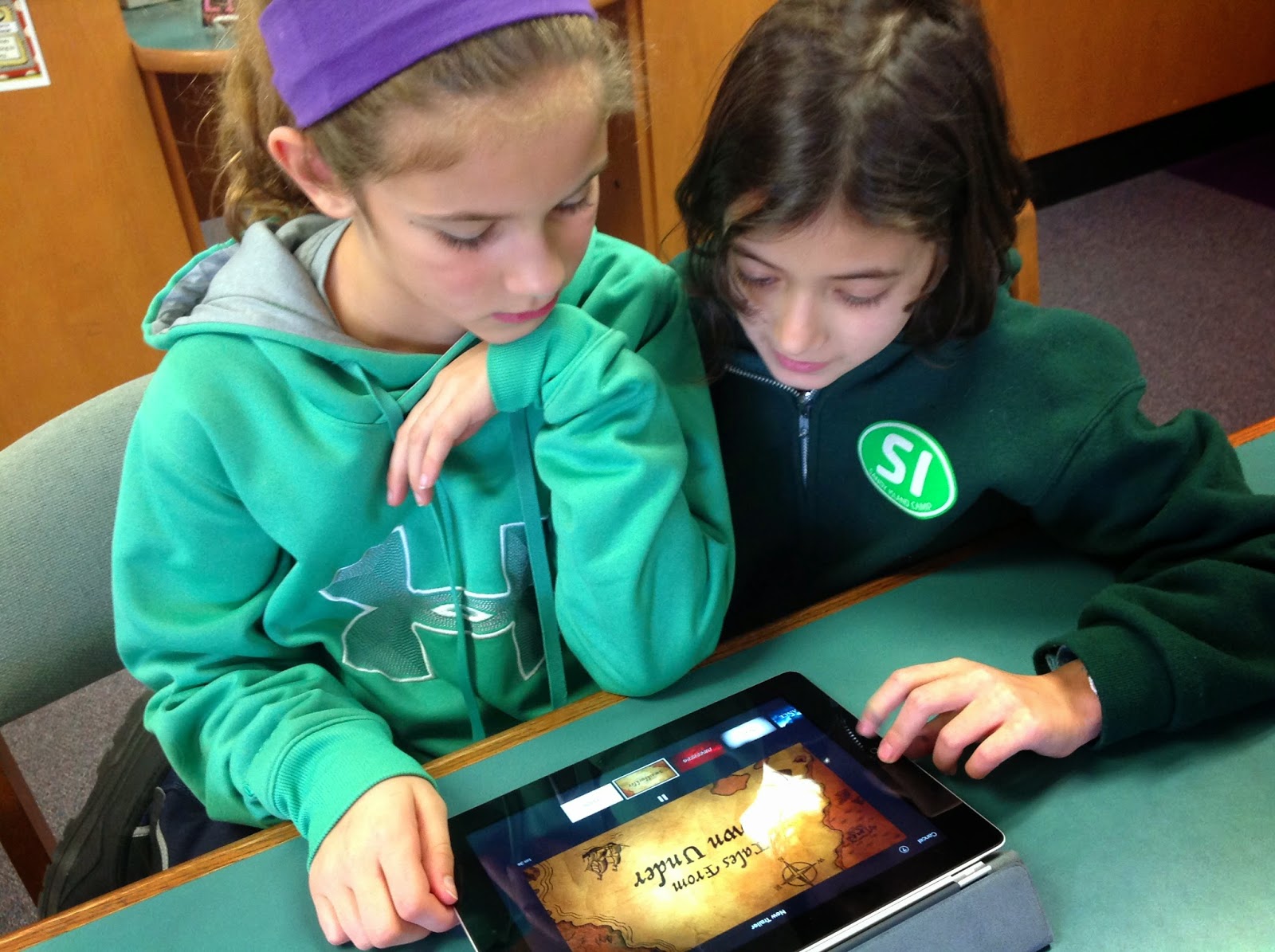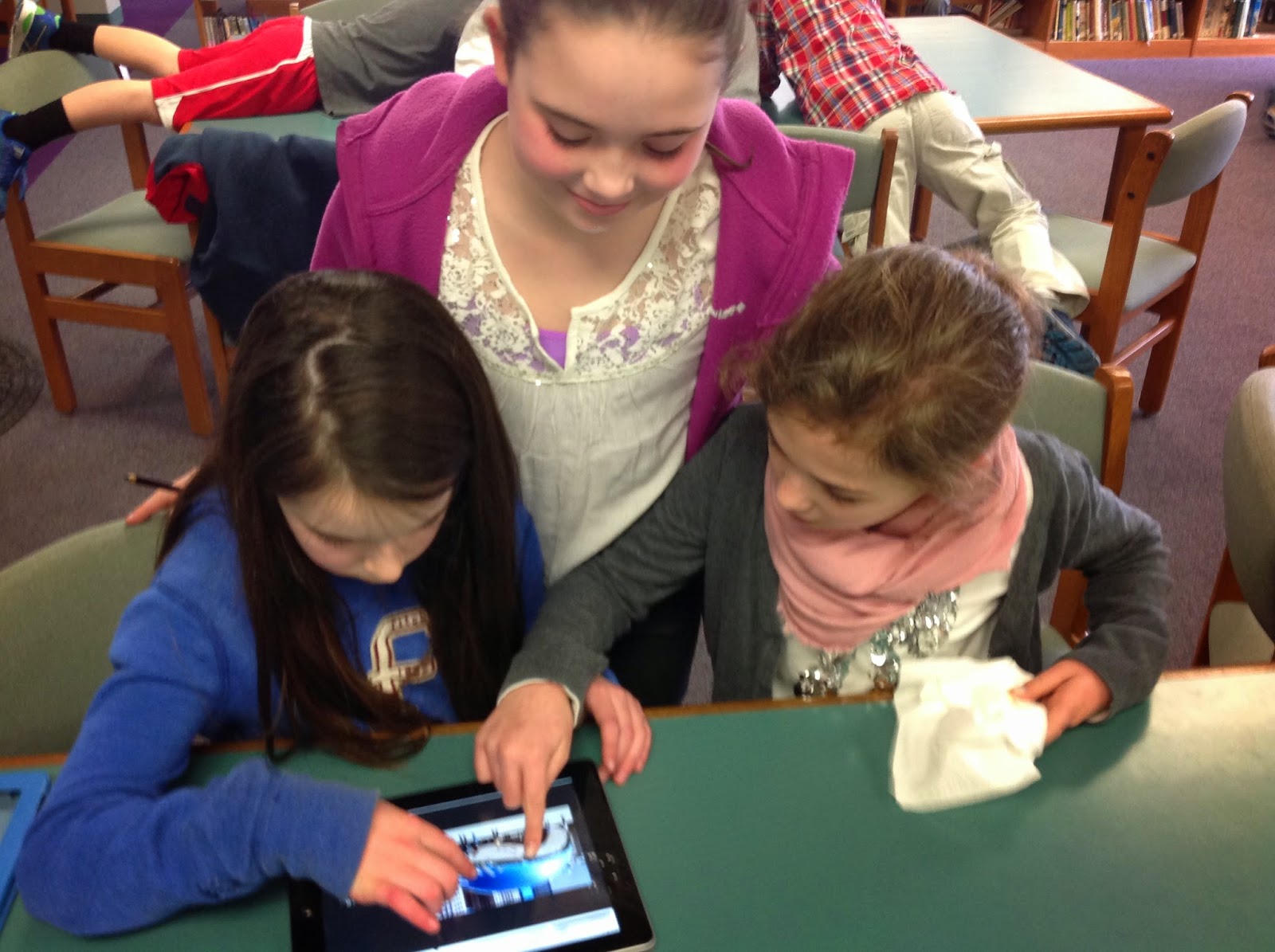The fourth grade is studying electricity, circuits and magnetism. To enrich our curriculum TESPTO brought in Mr. Wahle and his TECHSPLORATION program. It started with a very interactive, interesting stage show where many concepts such as electrons flowing through a circuit and coils of wire wrapped around a metal rod creating an electromagnet were explored with students coming up and demonstrating each. He also showed us a Tesla Coil. (click here to learn more about Nikola Tesla.)
Then, each class was able to spend nearly an hour with Mr. Wahle in the lab creating circuits and exploring resistors, various switches, parallel versus series circuits and even telegraphs.
The students were given a challenge to wire two or more users of electricity with different switches. A few groups were able to do this challenge. Here is what one group produced.
We all learned a great deal about electric circuits.
The physical sciences state standards covered just during TECHSPLORATION are listed below.
#6. Recognize that electricity in circuits requires a complete loop through which an electrical current can pass, and that electricity can produce light, heat, and sound.
#7. Identify and classify objects and materials that conduct electricity and objects and materials that are insulators of electricity.
#8. Explain how electromagnets can be made, and give examples of how they can be used.
























